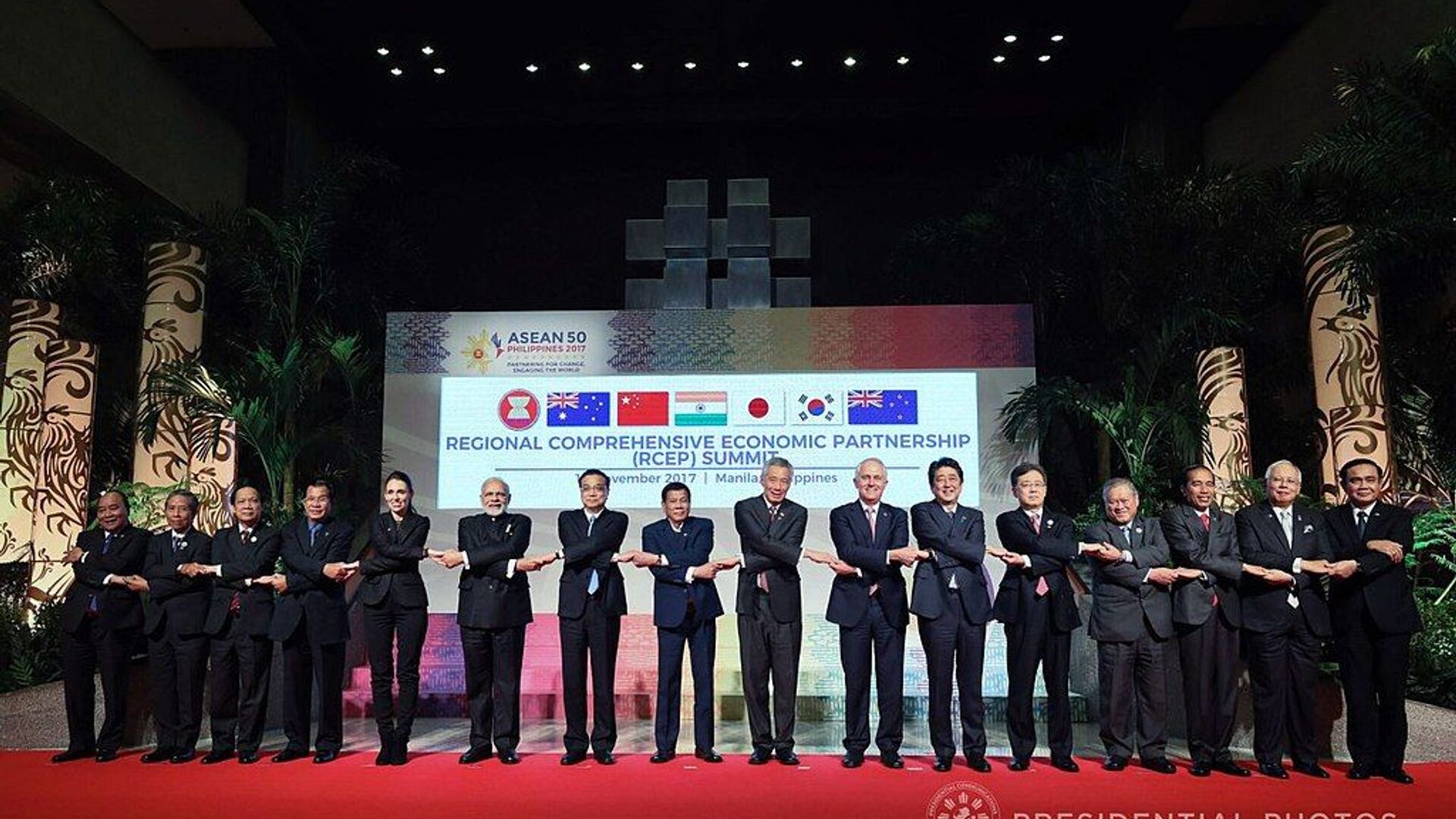World’s Largest Trade Pact RCEP Enters Full Force With Philippines Ratification

CC0 / /
Subscribe
On Friday, the world’s largest free trade pact, the Regional Comprehensive Economic Partnership (RCEP), entered full force for all 15 member states following ratification of the pact by the Philippines.
According to the terms of the deal, after it was agreed upon in January 2022, the deal would not fully activate until 15 countries ratified the deal. Friday marked 60 days since the Philippine parliament ratified the deal, meeting the 15-state threshold.
The other members include China, South Korea, New Zealand, Japan, Australia, and all 10 members of the Association of Southeast Asian Nations (ASEAN): Laos, Cambodia, Singapore, Vietnam, Brunei, Malaysia, Myanmar, Thailand, Indonesia, and the Philippines.
"The full entry into force of RCEP fully demonstrates that the 15 member countries have taken practical actions to support an open, free, fair, inclusive and rules-based multilateral trading system, and they are committed to continuously promoting a comprehensive, mutually beneficial and high-level economic partnership," a spokesperson from China’s Ministry of Commerce said on Friday.
The world's biggest free trade deal #RCEP is now effective for all 15 members after the ratification by the #Philippines on Jun 2. pic.twitter.com/DztryerpSa
— Liu Pengyu 刘鹏宇 (@SpoxCHNinUS) June 2, 2023
The RCEP includes 30% of the world’s population, accounts for 30% of its gross domestic product, and includes 30% of global trade. It is expected to eliminate about 90% of tariffs on imports between its signatories in the next 20 years, and establish common rules for e-commerce, trade, and intellectual property across a vast swath of eastern and southern Asia.
“The entry into force of the RCEP Agreement for all its signatory States is a clear demonstration of the Parties’ support for a regional market that is open, free, inclusive, and adherent to a rules-based multilateral trading system,” ASEAN, which birthed the idea of the RCEP, said in a statement.
“Through the RCEP Agreement, businesses in the region, particularly the micro, small and medium enterprises (MSME), can benefit not only from the market access commitments made by the Parties but also from a more liberal rules of origin that will provide businesses with broader options to source their production which could lead to increased productivity and competitiveness,” the statement said, adding that RCEP “also streamlined rules and disciplines that facilitate regional trade and investment which will result in reduced transaction cost, and ultimately contribute to stronger and more resilient supply chains.”
China has especially championed the RCEP as a fairer response to the Indo-Pacific Economic Framework for Prosperity (IPEF) and Comprehensive and Progressive Agreement for Trans-Pacific Partnership (CPTPP), both of which were designed by Washington to exclude China and bring other Asian nations closer to the US.
Ironically, the isolationist Trump administration saw to the US’ exclusion from the CPTPP, which perceived the free trade deal as a threat to US industry.


